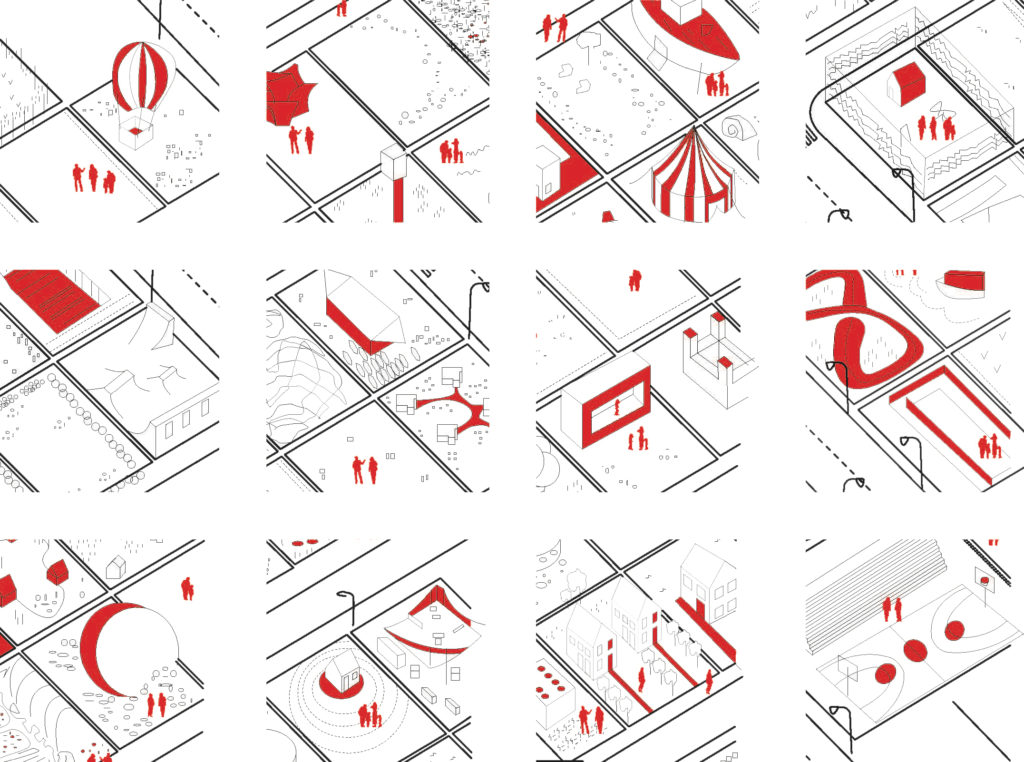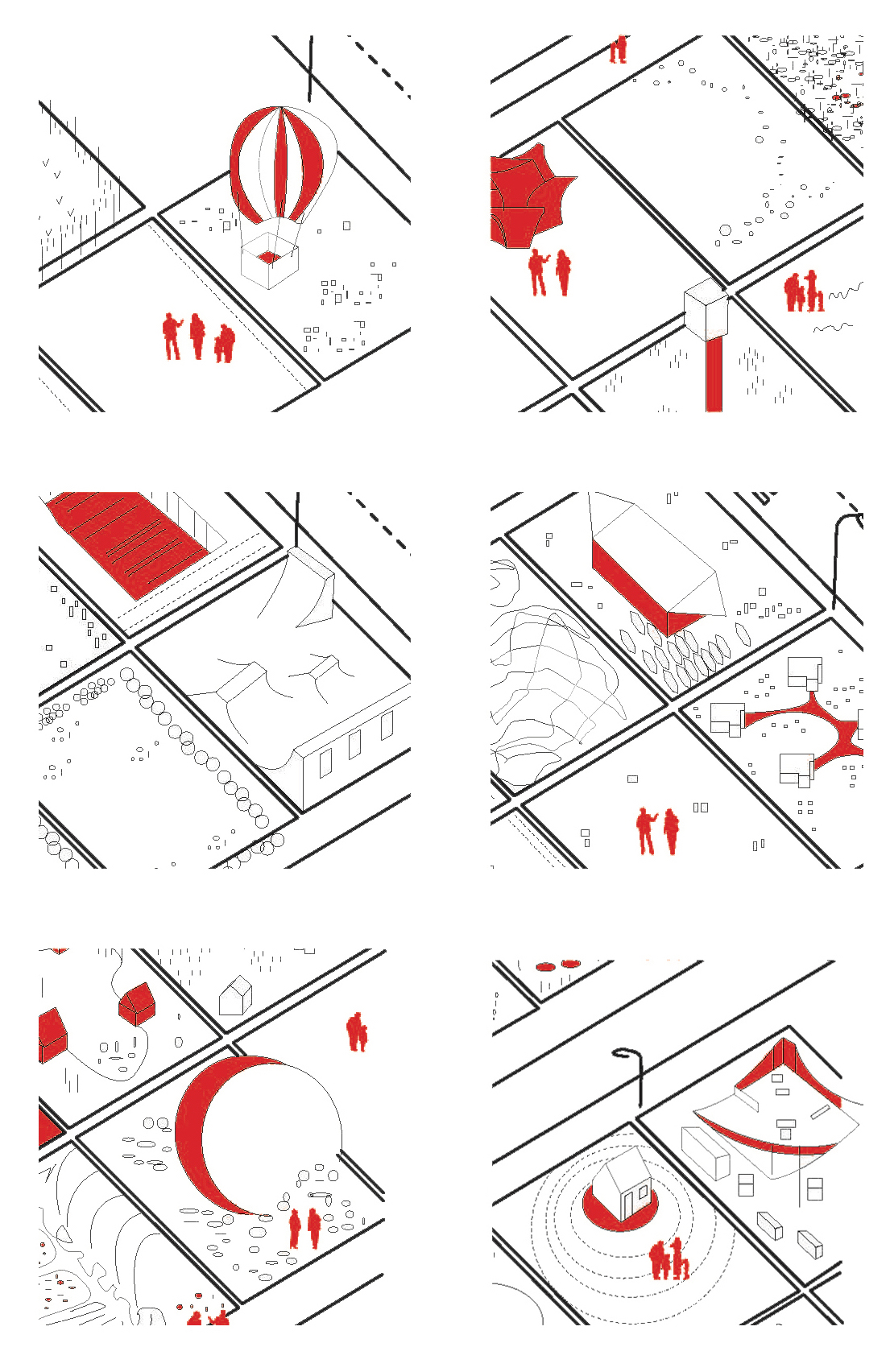
The World Health Organization (WHO) defines social health as: “The conditions in which people are born, grow, live, work and age.” The success of this sequence depends on the distribution of money, power, and resources at global, national and local levels. The way these circumstance are distributed among the population is the factor responsible for health inequities among different groups of people based on social and economic class, gender, and ethnicity.
Inequity is the underlying cause of today’s major societal health dilemmas including obesity, heart disease, diabetes, and depression.
To that, education impacts employment opportunities which in turn constrain (low) income which reduces access to healthcare and nutritious food and increases stress, the abuse of unhealthy foods, and addictions. This, in return, facilitates violence, domestic abuse, and crime.
A new report by researchers at the Johns Hopkins Center for a Livable Future (CLF), in collaboration with the Baltimore Food Policy Initiative, found that one in four of the city’s residents live in so-called food deserts with limited access to healthy foods. The report found that 34 percent of African Americans live in food deserts, compared to only eight percent of white residents (1).
According to Non Profit Quarterly, among Baltimore’s Black population, 31 percent of residents lack healthy food access, a total of 124,521 people. By contrast, only 8.9 percent of white residents in Baltimore lacked healthy food access. Access also varied greatly by geography: in west and southwest Baltimore, 56 percent of residents were found to lack access to healthy food (2).
Consumer choices about food spending and diet are likely to be influenced by the accessibility and affordability of food retailers—travel time to shopping, availability of healthy foods, and food prices. Low income communities may face greater barriers in accessing healthy and affordable food retailers, which may negatively affect diet and food security.
High-quality supermarkets are fewer and residents are less likely to have easy access to fresh, nutritious food hence settling for more expensive and less nutritious food nearby.
Job Opportunity Task Force reports that there is no single action that policymakers can take to dramatically address problems related to healthy food in low-income Baltimore neighborhoods. Yet, by increasing consumers’ awareness and understanding of how diet and lifestyle relates to health outcomes, public officials and other interested parties can begin to make progress.
Food is important and central in everyone’s life and an extended commitment to this effort is not only justified, but necessary.
Policymakers and retailers should explore alternate strategies such as:
- creating transit shuttles that stop at residential facilities, churches, and other sites in under-served communities to take residents to and from supermarkets;
- create incentives for small food sellers in Baltimore to offer a wider range of options for healthy eating;
- offer incentives for stores that commit to selling healthier food items;
- subsidize stores’ purchase of new equipment allowing owners a free trial to assess local demand for fresh food.
Focus Group Studies with community residents are important to increase public understanding and community engagement around food access and health issues. Schools, print and broadcast media, and other outlets can help get out the message: healthier diets mean healthier lives (3).
An interesting Baltimore base project addressing healthy food options that impacts every aspect of our (quality) life —environment, agriculture, economy, health, and even our social lives, is the Honey Badger Promenade, a collective incubator addressing food in Harlem Park. Bmorescoalition Group intends creating “a cooperative owned community-based food system where community members actively participate in growing, processing, distributing, and selling food” (4).
It is comprised of the following projects:
- Kitchen Incubator
- Fresh Food Market
- Roof Top Beehive Garden
The project offers practical tools and information needed to get healthy, affordable food in the neighborhoods, raises awareness of food system deficits and opportunities, and give evidence of the community’s needs that residents can use to advocate for effective policy and programs.
A civilized society ought to promote health and advocate that every individual is entitled to wellbeing and happiness by accessing to healthy foods. The cost and quality of what’s eaten in low-income neighborhoods should be major issues for any policymaker who is serious about addressing the causes and consequences of poverty.
REFERENCES
(1) Johns Hopkins Center for a Livable Future (CLF)
(2) Non Profit Quarterly (NPQ)
(3) Job Opportunity Task Force ( JOTF)
(4) Bmorescoalition Group
Baltimore, May 4, 2020


It would also be interesting to map the urban voids in this areas of Baltimore where there is lack or difficult access to healthy foods. This data could be crossed with the Honey Badger Promenade and AJOR Real Estate Group goals of providing this “community-based food system”, and could provide the land to install the food markets or – even- urban/community agriculture.
Paula, this could be a studio in itself and I welcome the challenge! If we do not go virtual next semester, we are planning an architecture studio in the area with Morgan (School of Architecture and Planning) and one study is, indeed, related to food vacancy…